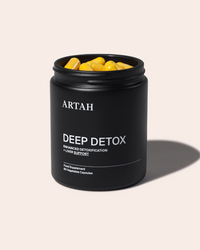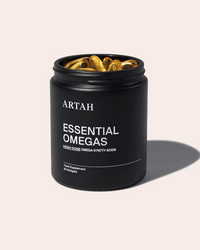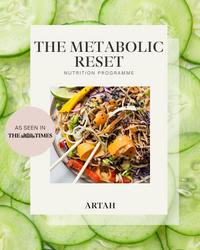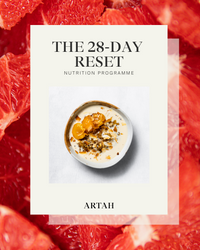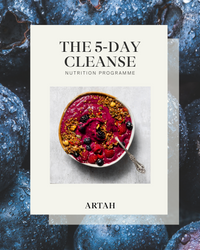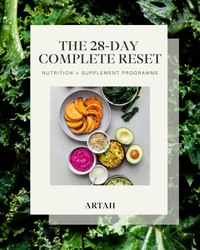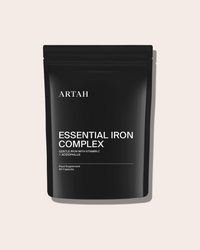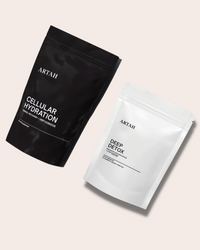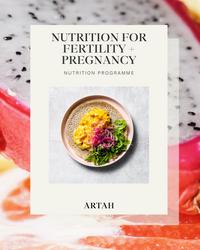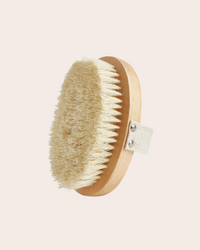Quick Pickles & Ferments
BY CO-EXECUTIVE CHEFS:
JESSICA FOSTER MORISON & CHARLOTTE ROSE WATERS
Pickling and fermenting are great ways to bring an extra dimension to the humble vegetable. Fermentation is nothing new and is a smart process that has been practised for centuries to preserve + accentuate fresh produce. These processes allow an environment for good bacteria to populate and create a tangy gut boosting ingredient that enliven dishes and in turn create a strong microflora in the gut. With the gut now being identified as the second brain in the body, looking after it has never been more important. Feeling digestively well affects us all on a daily basis and you can really help yourself out with these simple recipes below.
First of all make sure you have a sterilised jar, most of the recipe amounts should fit in a 1-1.5 litre jar depending on the yield from your vegetables. The easiest way to ensure the jar is sterilised is to use straight from the dishwasher. You can also put clean glass jars in the oven at 140 C for 15 minutes, and lids can be brought to the boil in a pan of water, left to dry and then used.
SIMPLE KRAUT
Sauerkraut is a good place to start if you are new to fermentation and you can produce a really satisfying result at home.
INGREDIENTS
900g white cabbage, finely sliced
2% salt (ie. in this instance 18g salt)
Optional
Toasted caraway seeds
METHOD
-
Wash and then slice the cabbage, reserving the base of it, we can use this later as a weighted plug for the kraut. Around a 2mm slice will work best for getting the liquid out of the cabbage
-
As you slice the cabbage place it into a large bowl or wide container and layer it with the salt as you go. This will allow to salt to start to do its thing whilst you continue slicing.
-
When you are finished slicing you can then start either massaging the salt into the cabbage by hand or you can also bash the cabbage with a rolling pin or similar utensil! The aim here is to tenderise the cabbage and to get as much moisture out of it as possible.
-
A good point here is to leave the cabbage for about 20 minutes after its first massage to let some of the moisture seep out naturally.
-
When you return to the kraut if there is not a good amount of brine produced you can carry on massaging or bashing the kraut. The objective is to produce enough brine to cover the kraut in the jar.
-
Do not worry if this is not the case you can easily make up a 2% brine just with water and salt. ie. if you use 200ml water add 2g of salt.
-
Now you can put the kraut into your jar. Really pack it in into the jar pushing out any spaces for air. Once you have packed it all in you can top the kraut with your brine, ensuring that the kraut is fully covered.
-
Here is where the base of the cabbage comes into play - rather than using a fermentation weight a smart and resourceful solution is to use your end of the cabbage. Trim the base to the size of your jar making sure it fits snugly and push it down into the jar to ensure the kraut is just below the level of the brine.
-
Leave the jar in a cool and dry place away from sunlight for about 3 days depending on the current climate. After this, check the kraut and the jar may need to be carefully opened to release any gas produced. After about 5 days taste the kraut and if it’s tangy enough for your liking - start eating! We like to leave our kraut out for at least two weeks for a really tangy + crunchy result. After this, keep in the fridge for up to 6 months always ensuring the kraut is below the level of the brine. If you want the kraut to develop a stronger flavour keep out of the fridge until this develops.
CURRIED KRAUT
A great take on the traditional sauerkraut incorporating a light curry flavour with fresh turmeric and ginger for a real immunity boosting kick.
An amazing accompaniment to avocado on toast, mixed into cooked grains + pulses or eaten with tempeh and eggs.
INGREDIENTS
600g white cabbage, finely sliced
400g carrot, finely sliced or grated
20g salt
1 fresh 4cm piece turmeric, grated or 1 tsp turmeric powder
1 fresh 3cm piece of ginger, grated
1 tsp curry powder
Optional
2 cloves of garlic, grated or finely sliced
METHOD
-
The same process for the Simple Kraut can be followed here but perhaps wearing disposable gloves to protect your hands from the turmeric + curry!
-
Add all the ingredients to a large bowl and follow the simple kraut method above

QUICK PICKLED RED ONION
This recipe gives a seriously fast result with the onions ready to use within less than quarter of an hour with a fantastic bright pink colour to add a zing to so many dishes. Great in salads, with Mexican style food, falafel and houmous.
INGREDIENTS
1 red onion, finely sliced
1 lime, juiced
1/2 tsp sea salt
1/4 tsp coconut sugar/agave
50ml apple cider vinegar
METHOD
-
Start by simply placing the sliced onion in boiling water for 1 minute, take off the heat, drain, this helps take the edge off strong onions.
-
In a small bowl or jar cover the onions with the rest of the listed ingredients + wait for around 15 minutes before eating for the best result.
CAULIFLOWER PICKLE
Another super versatile pickle to add crunch and flavour to any meal. This recipe works well for any hard vegetables such as carrots. Best eaten after a few days in the pickling liquid. Will keep in the fridge for up to 3 months.
As long as the principle pickling liquid with the vinegar, water, salt + sugar source is kept the same you can play around with any flavour additions you like to the mix. A great alternative to the below recipe is to omit the spices and add some slices of ginger + spring onions.
These cauliflower pickles look + taste great finely sliced amongst a salad. You can also finely slice the cauliflower rather than breaking into florets prior to pickling if you prefer. Just remember the finer the slice the more of a flavour punch the cauliflower will take on.

INGREDIENTS
1 large head cauliflower
2 cloves garlic, sliced
3 tsp total pickling spices of your choice (eg. coriander/fennel/cumin/mustard seeds)
3 bay leaves
500ml apple cider vinegar
500ml filtered water
4 tsp salt
4 tsp agave
Optional
3 dried chillies
lemon slices
METHOD
-
Start by toasting the pickling spices that you have chosen to use. This should take less than a few minutes in a small hot pan. Once you hear the spices start to pop take them off the heat.
-
Prepare your cauliflower by breaking into bitesize florets, don’t waste the stems + stalks you can also chop these up and add them in or they are great roasted. Place the cauliflower florets into your jar.
-
Bring the remaining ingredients to the boil in a small pan. Once boiling pour over the cauliflower in the jar and leave to cool.
-
Once cooled, seal the jar and leave out for a few day or straight into the fridge if you prefer.










